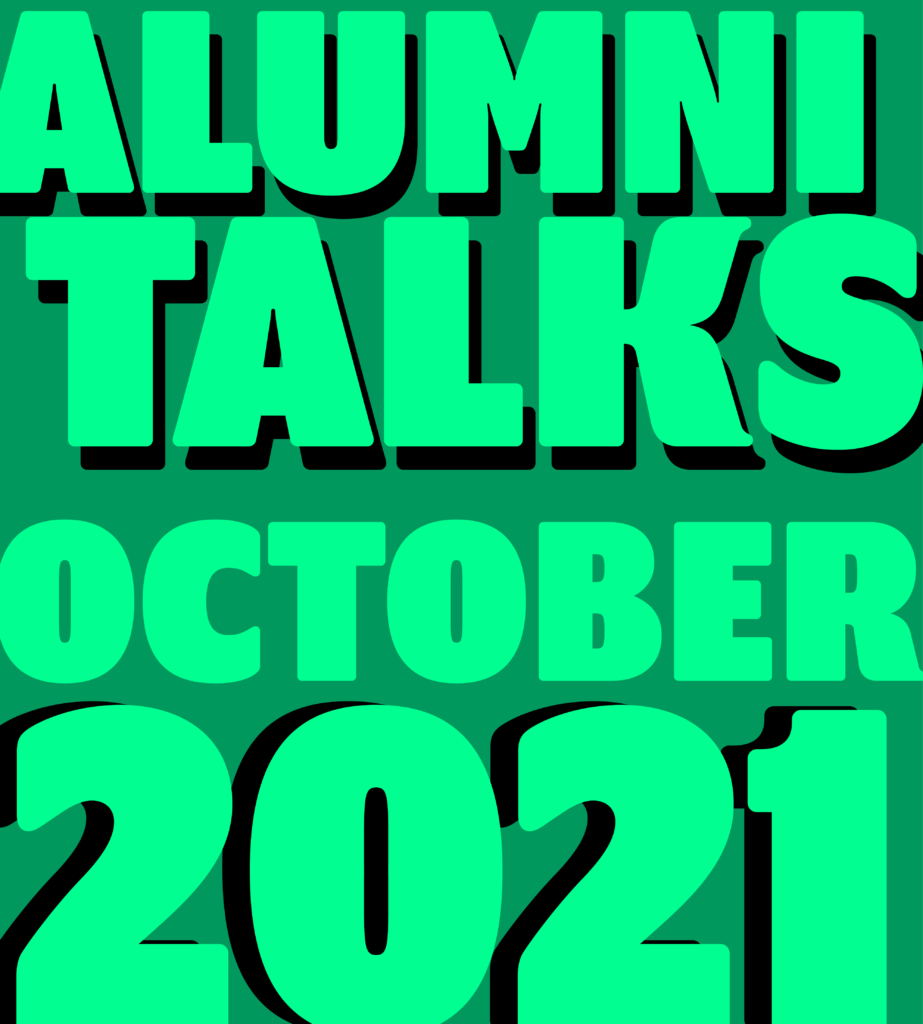The Baseline Shift team organised another alumni talk session this week. We were delighted to welcome Jonathan Saunders and Luke Carter. Jonathan and Luke had plenty of advice to give us during the session; from looking at the intricacies of studying a user problem, to the preservation of one’s health as a designer and knowing how to set boundaries.
Understanding users across all sectors
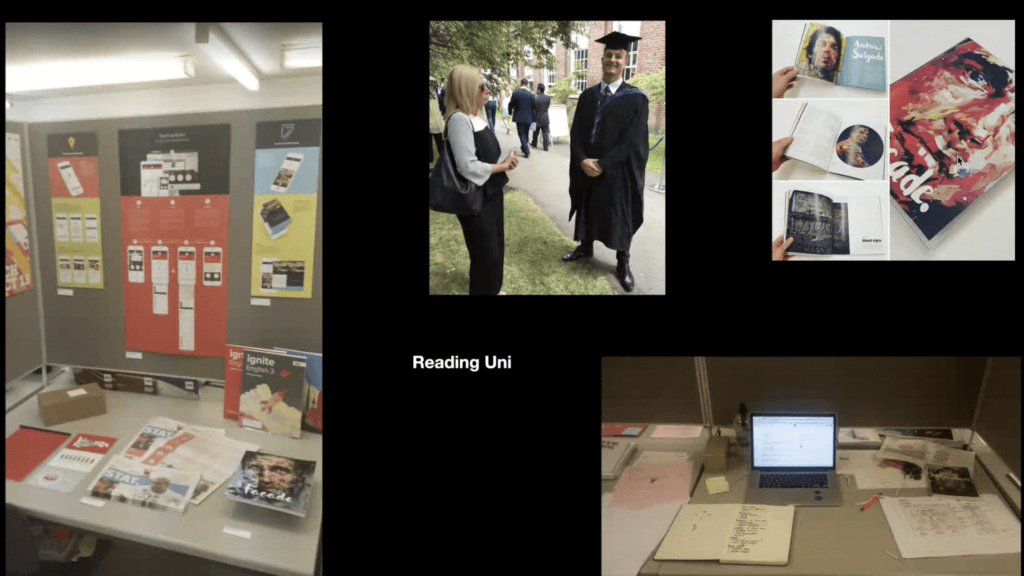
After graduating in 2009, Jonathan’s career led him to work in UX design for Expedia. Along his journey, he found that what he had learned during his studies at Reading helped inform his work; particularly in the course’s approach to designing with a user–centric focus and an empathetic eye.
Understanding users is a business
Among many of the models businesses use to try to understand user needs, Jonathan mentioned one that we have would have already encountered on the course: the double diamond methodology, which helps specifically target user needs and create solutions.
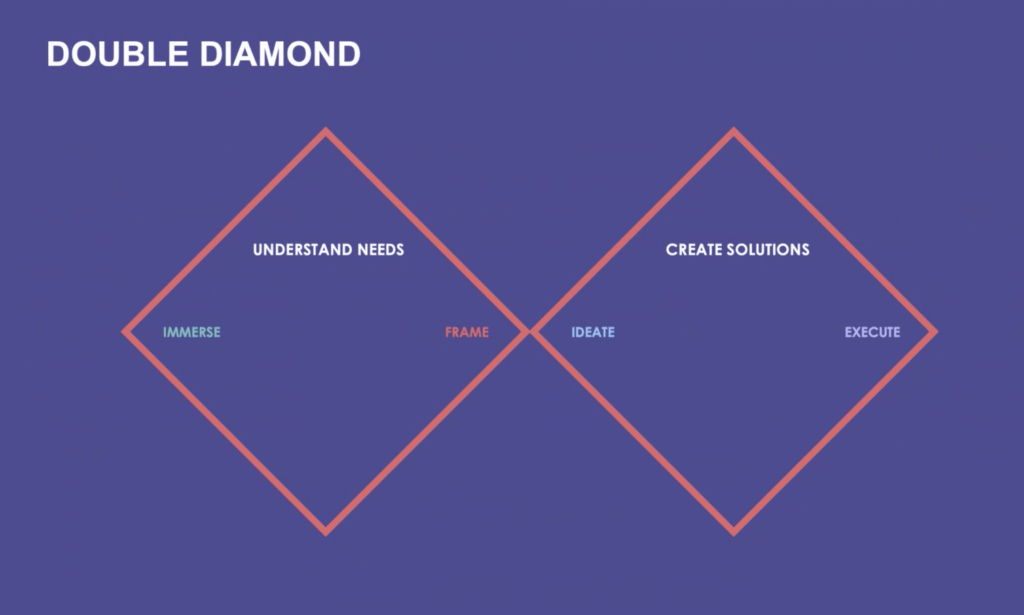
Jonathan explained that the kinds methodologies that we may find in UX are used in all kinds of businesses. Before getting into UX, Jonathan worked in publishing for a few years and having a user-centric approach was useful there too. But such approaches are valued by people outside of a traditional graphic design environment too – in business, in government, in research.
The double diamond, for example, can also be useful when companies need to organise teams, study a problem, organise a project and much more. Having a user-centric approach becomes a way for everyone to empathise with whom they are working for or with; understanding users is a quintessential aspect of business in general, not just in design. As Jonathan demonstrated, finding the right balance between business needs and user needs is a proven route to success.
Luke, who also graduated from the undergraduate course in 2016, became a film and video maker. Having worked as a freelance filmmaker for several big-name companies, Luke explained how much he still uses the valuable user-centric approaches the course teaches us. In his creative work, Luke constantly uses a human-centred approach to understand the user’s experience and expectations and to captivate an audience.
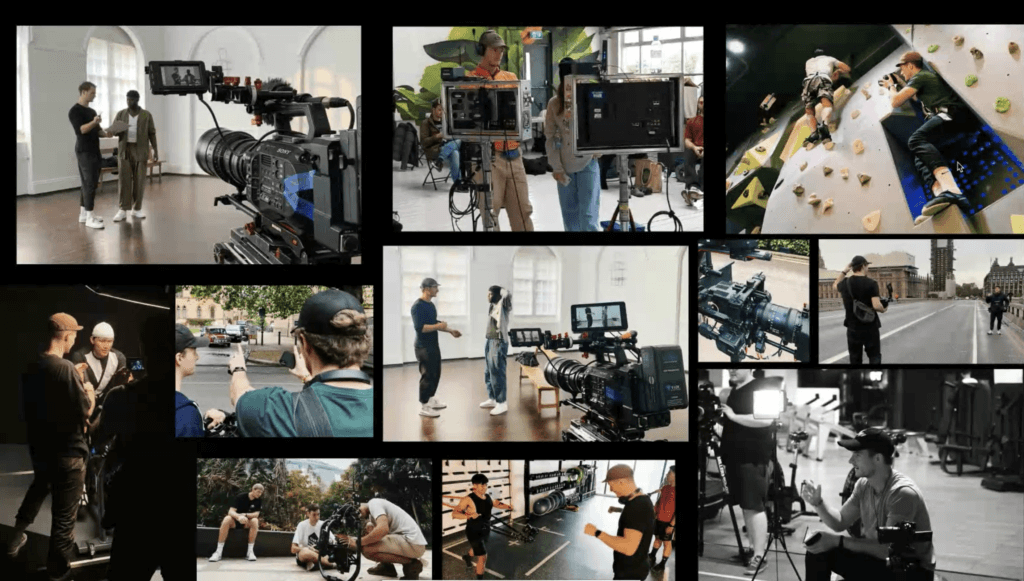
What Jonathan and Luke teach us, is that a human–centred approach is probably one of the most valuable lessons we will learn on the course. Not only does having a strong methodology lead to a good understanding of user needs, but the ability to empathise and understand your users is incredibly valuable across all fields.
Understanding what your needs are first
Empathising with your user is important, but it’s also essential to understanding yourself. Being in a position where you can set clear boundaries between your work and your personal life help you understand your users better. If you don’t have a clear mindset to empathise with a particular user or customer, your judgement and ability to mould your user expectations are warped by your personal life. This makes for ‘forced judgements’ about user expectations, as Jonathan put it. We shouldn’t necessarily try to remove our personal influence from a UX process, but we should at least be aware of the biases we bring.
Taking care of ourselves is a first step to being able to understand user needs because you learn to understand your own first. Luke explained that being a graphic designer is a fulfilling job but also an exhausting one; sometimes it is synonymous with long hours staring at a computer screen, being burnt out and never being satisfied with what you produce, no matter how hard you think about finding the right answers. We have all been there! It’s hard not to let our exhaustion or our excitement get the better of us. Awareness of your own state of mind is key.
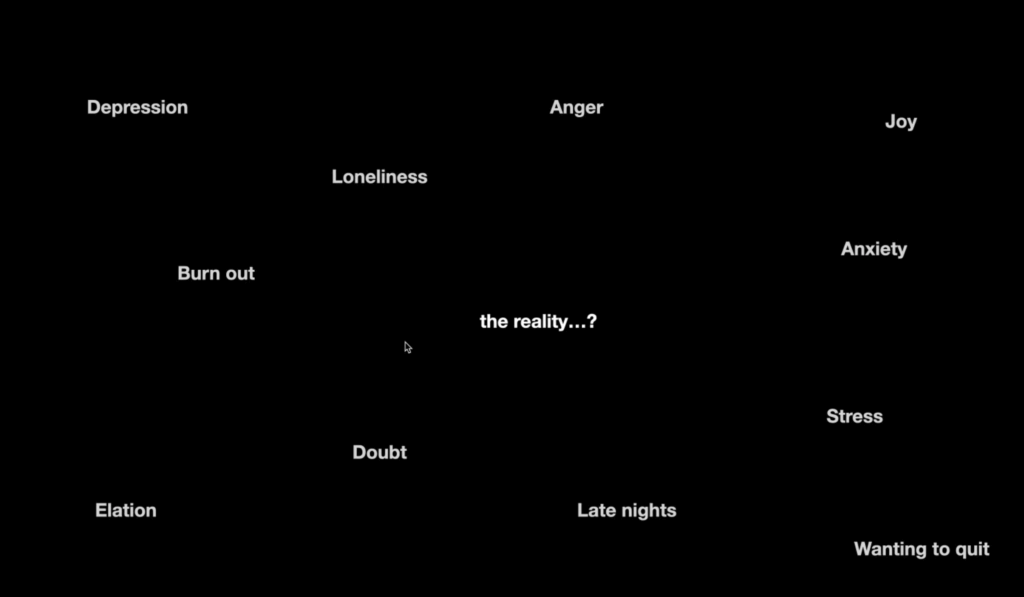
On the course, everyone will get a small glimpse of this in the Real Jobs scheme, especially in situations where they work with a more demanding client, if they end up being unhappy with the final design, or if the all-round experience was a stressful one. These are experiences to learn from, and we need to take that learning into the way we choose and progress our careers.
Luke explained that setting boundaries first comes with applying certain rules to how we practise. Much like organising prototype testing with a participant study, being structured with when we start the work and when we finish it puts a healthy boundary between work life and personal life. Jonathan’s way of managing this during lockdown was to step away from his computer, turn off notifications and do something completely different once the day is finished.
This phenomenon also will manifest itself in client relationships. Luke emphasised how awkward situations with clients are bound to happen to all of us. Jonathan explained that understanding a clients’ needs is incredibly similar to UX methodology of finding out a problem. Jonathan gave the example that if a client relationship is going poorly, boundaries are being crossed and there’s no progress, it is important that we hear what the clients’ needs truly are. Understanding the problem will lead to a more tailored solution for the client and for ourselves. Knowing what our boundaries are and explaining our framework will help in clarifying the conditions in which we want to work in. If this initial contract is broken in any way, Jonathan and Luke advised that knowing when to let go is also another way of moving towards better projects in the future. In the meanwhile, we leave with more experience and a better understanding of clients’ needs.
Conclusion
Jonathan and Luke’s advice on creating strong boundaries and having a good understanding of where the line is between work life and personal life is essential advice that we as students need to be reminded of from time to time. Good results come from a clear and happy headspace, and only then can we create our best and most effective design solutions.
‘It’s cool that you can use design in so many other areas of work, not just in strictly graphic design areas. I didn’t know that I could go into designing systems, it’s a cool way to use design thinking rather than design doing.’ – Part 2 student

